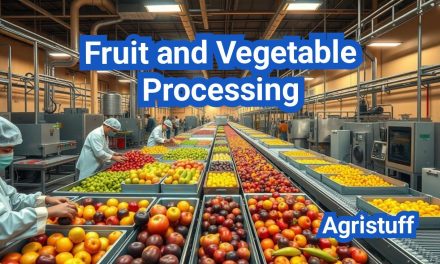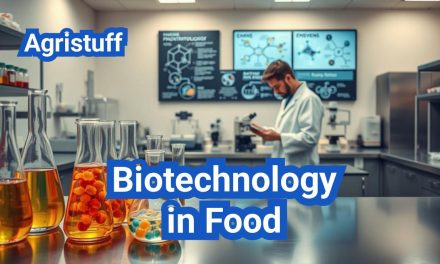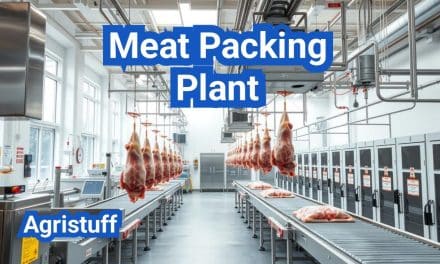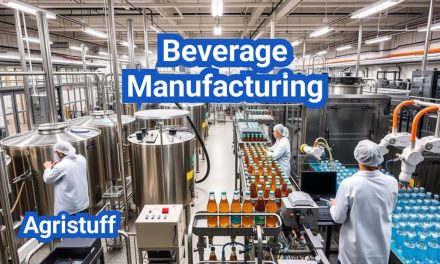The global food industry is undergoing a transformative shift as sustainability takes center stage. Among the most critical areas of focus is sustainable food packaging, which addresses environmental concerns, consumer demands, and regulatory pressures. This article explores the necessity of sustainable packaging, innovative materials and technologies, market trends, challenges, and opportunities, offering a comprehensive guide to navigating this evolving landscape.
Why Sustainable Packaging is Essential for the Food Industry
The food industry is embracing sustainable packaging as a necessity, not just a trend. Driven by heightened consumer awareness, stricter regulations, and the urgent need to combat environmental degradation, businesses are rethinking their packaging strategies.
Consumers today are more environmentally conscious than ever. They scrutinize product labels, prefer eco-friendly options, and are willing to pay a premium for sustainable packaging. Social media amplifies this trend, making it imperative for businesses to align with these values or risk losing market share and damaging their brand reputation.
Governments worldwide are also stepping up. Stricter regulations on packaging waste management are pushing companies to adopt recyclable, compostable, or biodegradable materials. For instance, plastic packaging accounts for nearly 47% of global plastic waste, prompting businesses to explore alternatives that minimize environmental impact.
Beyond compliance, sustainable packaging opens doors to innovation and growth. Startups and established companies alike are investing in novel materials and technologies, creating solutions that reduce waste, enhance shelf life, and appeal to eco-conscious consumers.
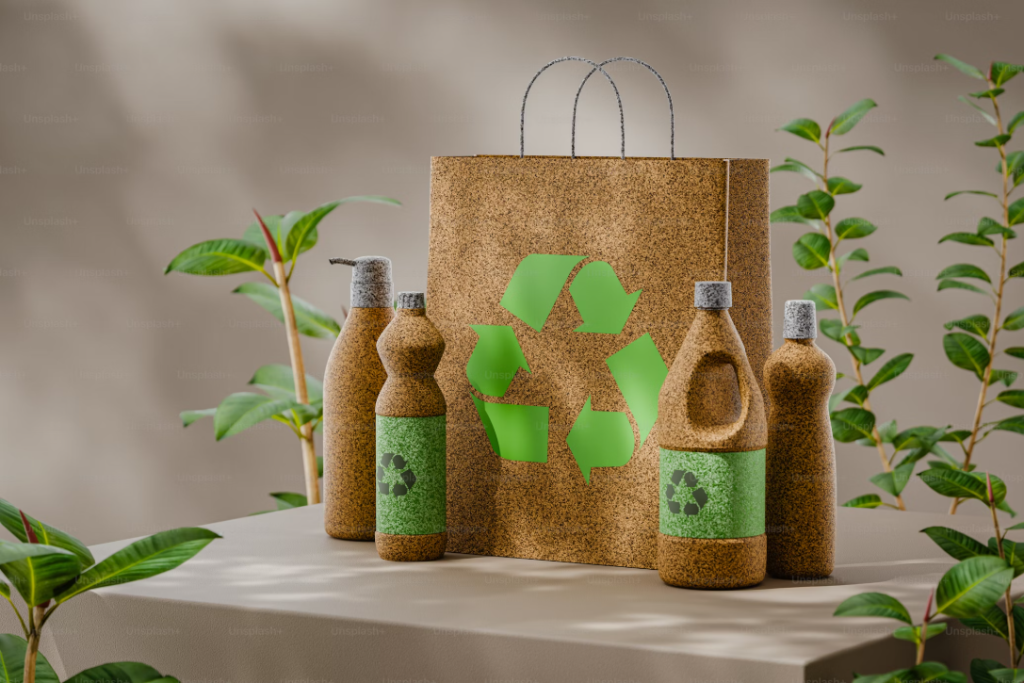
Innovations Revolutionizing Sustainable Food Packaging
The future of food packaging lies in cutting-edge materials and technologies designed to balance functionality and environmental responsibility.
- Biodegradable and Compostable Materials:
Materials like Polylactic Acid (PLA), derived from renewable resources such as cornstarch, are gaining traction. These materials break down naturally, reducing landfill waste. For example, water-soluble packaging made from marine-safe materials is helping combat ocean pollution. - Edible Packaging:
Imagine eating your food wrapper along with the meal! Edible packaging, made from seaweed, milk proteins, or other food-grade materials, is redefining waste reduction. - Active and Intelligent Packaging:
Smart packaging technologies, such as freshness indicators and temperature sensors, extend food shelf life and reduce waste. These innovations are transforming how we preserve and consume food. - Nanotechnology:
Nanomaterials enhance packaging by improving barrier properties, mechanical strength, and antimicrobial activity. This technology ensures food stays fresh longer while using fewer resources. - Blockchain and IoT Integration:
Transparent and traceable packaging solutions are becoming essential. Blockchain and IoT technologies enable consumers to track a product’s journey from source to shelf, fostering trust and accountability.
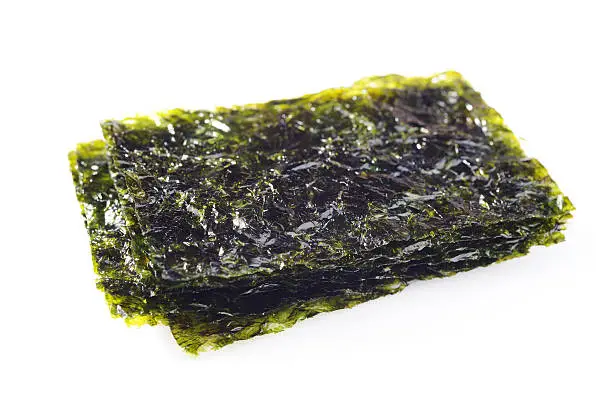
Market Trends and Opportunities in Sustainable Packaging
The sustainable packaging market is booming, driven by consumer demand and technological advancements. Key trends include:
- Bio-based Plastics: Derived from renewable resources like sugarcane, these materials offer a lower carbon footprint compared to traditional plastics.
- Water-Soluble Packaging: Ideal for single-use applications, these materials dissolve in water, leaving no trace.
- Smart Packaging: Integrating sensors and indicators, smart packaging ensures food safety and reduces waste.
- Collaborative Innovation: Partnerships between startups, corporations, and research institutions are accelerating the development of sustainable solutions.
Businesses that embrace these trends can gain a competitive edge, enhance brand loyalty, and contribute to a healthier planet.
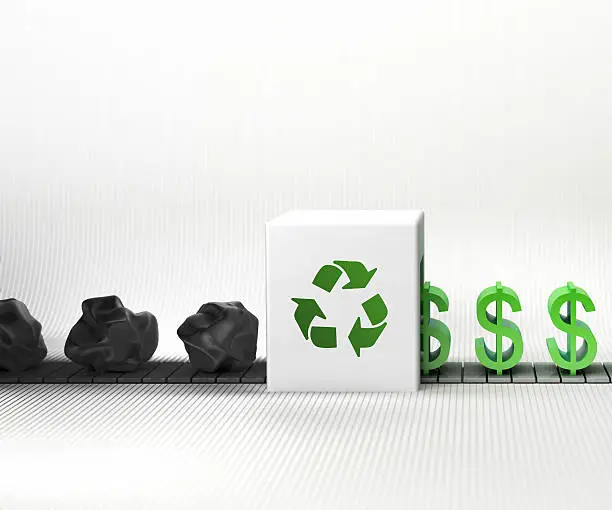
Overcoming Challenges in Sustainable Packaging Adoption
While the benefits are clear, transitioning to sustainable packaging comes with challenges:
- High Upfront Costs: Sustainable materials often cost more than conventional plastics. However, these investments can yield long-term savings and brand value.
- Supply Chain Complexities: Sourcing bio-based materials can be challenging due to competition with other industries.
- Waste Management Infrastructure: Compostable materials require specific conditions to decompose, highlighting the need for improved waste management systems.
To overcome these hurdles, businesses can:
- Collaborate across industries to share resources and reduce costs.
- Invest in research and development to create cost-effective solutions.
- Leverage technologies like blockchain to ensure transparency and traceability.
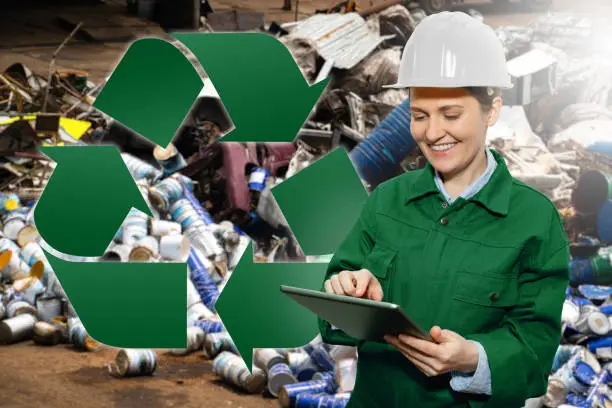
The Business Case for Sustainable Packaging
Sustainable packaging isn’t just an ethical choice—it’s a smart business strategy. Companies that adopt eco-friendly practices can:
- Attract environmentally conscious consumers.
- Comply with evolving regulations.
- Reduce long-term costs through efficient material use.
- Enhance brand reputation and loyalty.
Innovations like edible packaging, nanotechnology, and smart systems are not only reducing environmental impact but also creating new revenue streams.
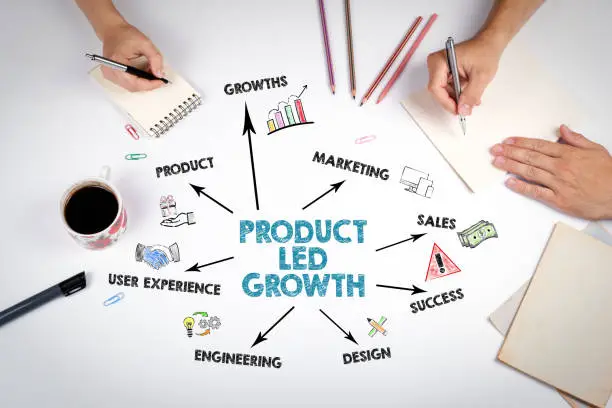
What is the Most Sustainable Packaging Material for Food?
The quest for the most sustainable packaging material involves evaluating factors like recyclability, biodegradability, and lifecycle impact. Promising options include:
- Bioplastics: Made from renewable resources, these materials offer a lower carbon footprint.
- Seaweed-Based Packaging: Biodegradable, edible, and derived from abundant marine resources.
- Agricultural Residues: Utilizing crop waste to create durable, eco-friendly packaging.
- Recycled Materials: Repurposing discarded plastics and paper into new packaging solutions.
While no single material is perfect, a combination of these options can help businesses achieve sustainability goals.
Conclusion: A Greener Future for Food Packaging
Sustainable food packaging is more than a trend—it’s a necessity for the planet and a strategic opportunity for businesses. By embracing innovative materials, technologies, and collaborative approaches, companies can reduce their environmental footprint while driving growth and profitability.
The journey toward sustainability is complex, but the rewards are immense. As businesses and consumers alike prioritize eco-friendly solutions, the future of food packaging looks brighter than ever.


